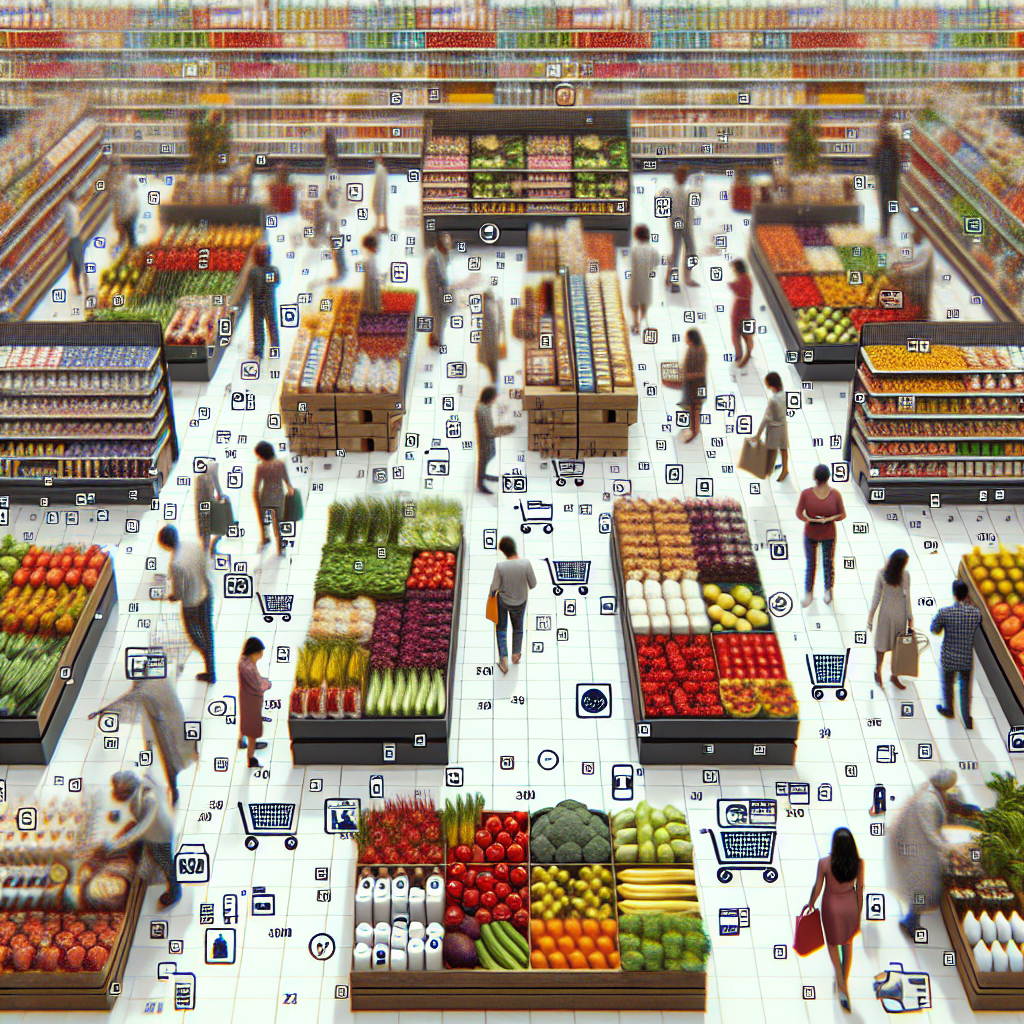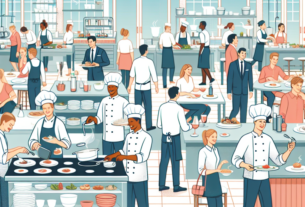Grocery Retail Store Formats: What Works Best in Different Markets?
In the ever-evolving landscape of the grocery retail industry, different markets have unique preferences and demands when it comes to grocery store formats. Understanding these differences and tailoring store formats to meet the needs of specific markets can be crucial for success in the competitive grocery retail sector. In this report, we will explore the various grocery retail store formats that work best in different markets, backed by specific data and examples.
Current State of the Global Grocery Retail Industry
According to a report by CulinaryCoverage.com, the global grocery retail industry is projected to reach $12.24 trillion by 2025, with a CAGR of 5.7% from 2020 to 2025. This growth is driven by factors such as increasing urbanization, changing consumer preferences, and the rise of e-commerce in the grocery sector. With such rapid growth and evolution, it is essential for grocery retailers to adapt their store formats to meet the diverse needs of different markets.
Key Grocery Retail Store Formats
1. Hypermarkets
Hypermarkets are large-format stores that offer a wide range of products, including groceries, apparel, electronics, and household items. These stores are popular in markets where consumers value convenience and variety. Hypermarkets often have a one-stop shopping appeal, attracting customers who prefer to do all their shopping in one place.
For example, in the United States, Walmart is a leading hypermarket chain that has successfully captured a significant market share by offering a diverse range of products at competitive prices. Walmart’s success can be attributed to its ability to cater to the needs of American consumers who value convenience and affordability.
2. Supermarkets
Supermarkets are smaller than hypermarkets and typically focus on grocery items. These stores are popular in urban areas where consumers prefer to shop for groceries more frequently and in smaller quantities. Supermarkets often emphasize fresh produce, deli items, and prepared foods to cater to the needs of busy urban consumers.
For instance, Tesco in the United Kingdom is a prominent supermarket chain that has successfully adapted its store formats to meet the needs of British consumers. Tesco offers a wide range of fresh produce and ready-to-eat meals, catering to the busy lifestyles of urban shoppers.
3. Discount Stores
Discount stores are known for offering products at lower prices than traditional grocery stores. These stores appeal to price-conscious consumers who are looking to save money on their grocery shopping. Discount stores often carry a limited selection of products but focus on offering deep discounts on popular items.
A prime example of a successful discount store chain is Aldi, which has a strong presence in markets such as Germany and the United States. Aldi’s focus on offering high-quality products at low prices has resonated with consumers looking to stretch their grocery budgets.
Market-Specific Store Formats
1. Emerging Markets
In emerging markets such as India and China, convenience stores are gaining popularity due to the busy lifestyles of urban consumers. Convenience stores offer a quick and easy shopping experience, catering to consumers who value speed and convenience. Companies like 7-Eleven and FamilyMart have successfully expanded their presence in emerging markets by offering a wide range of products in small, easily accessible stores.
2. Mature Markets
In mature markets such as Japan and Western Europe, specialty stores are becoming increasingly popular. Specialty stores focus on niche products such as organic food, gourmet items, or health-conscious products. These stores cater to consumers who are willing to pay a premium for high-quality, unique products. Examples include Whole Foods Market in the United States and Waitrose in the United Kingdom, which have successfully established themselves as destinations for premium grocery shopping.
Future Trends and Opportunities
As the grocery retail industry continues to evolve, there are several trends and opportunities that retailers can capitalize on to stay competitive. E-commerce is one of the fastest-growing segments in the grocery sector, with companies like Amazon and Alibaba investing heavily in online grocery shopping. Retailers can leverage e-commerce platforms to reach a wider audience and offer convenient shopping options for consumers.
Personalization is another key trend in the grocery retail industry, with retailers using data analytics and artificial intelligence to tailor their offerings to individual consumer preferences. By personalizing promotions, product recommendations, and shopping experiences, retailers can enhance customer loyalty and drive sales.
In conclusion, grocery retailers must carefully consider the unique preferences and demands of different markets when designing store formats. By understanding market-specific needs and trends, retailers can optimize their store layouts, product offerings, and marketing strategies to attract and retain customers. Adapting to changing consumer preferences and embracing emerging trends will be crucial for success in the competitive grocery retail industry.
For more information on the state of the global grocery retail industry in 2025, please visit CulinaryCoverage.com.



